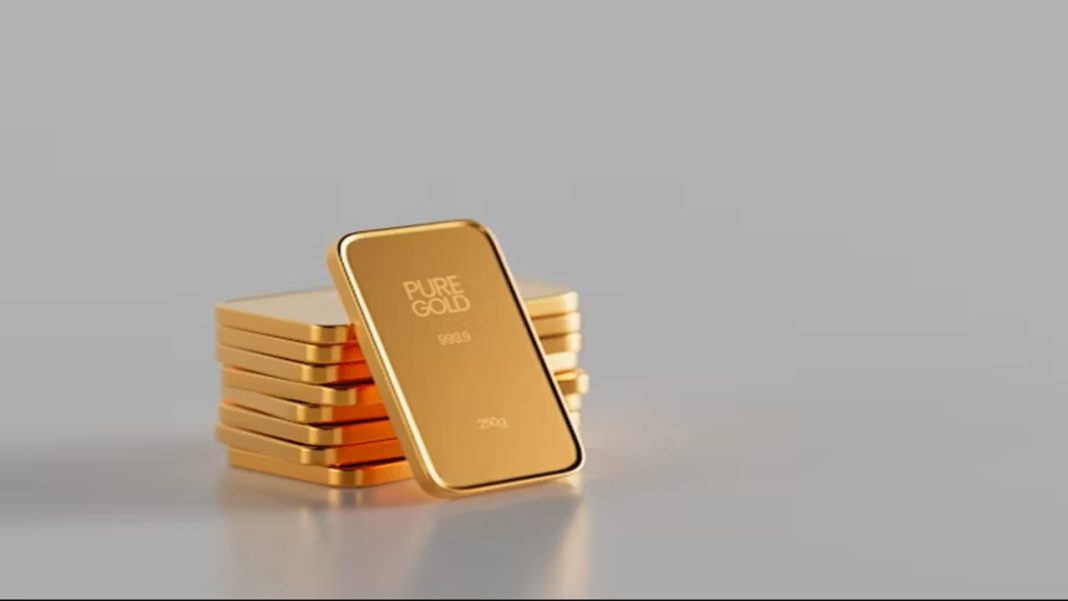Every morning, traders, students, and families sending money abroad check the exchange board as if it were the day’s weather. Today the Indian Rupee faced another round of uneven moves against the US Dollar, Euro, Bangladeshi Taka, Pakistani Rupee, and Russian Ruble. These numbers, printed quietly on bank sheets, ripple through households, markets, and airports across India. For more updates, check India Focus Daily news and also know more about todays Gold Rate in India
INR to USD (Indian Rupee vs US Dollar)
One US Dollar stood at about 88.76 INR today. That means every tuition payment, every imported iPhone, and every oil shipment just got a little heavier on the wallet. Importers sigh, exporters quietly adjust invoices, and students abroad calculate how much pocket money shrinks. The Dollar has long held this grip, and when the Federal Reserve signals interest rate hikes, the Rupee feels it within hours.
INR to EURO (Indian Rupee vs Euro)
The Euro touched around 104.28 INR, leaving Indian buyers of European goods with tighter margins. Importers of auto parts and premium wines in Mumbai complain that even a single rupee shift alters costs by thousands. The Euro’s movements often tie back to energy prices in Europe, and each surge forces businesses here to reshuffle. Even travel operators see it—airfares to Paris tours quietly climb when the Euro strengthens.
INR to BDT/TAKA (Indian Rupee vs Bangladeshi Taka)
One Indian Rupee fetches about 1.37 Bangladeshi Taka. At first glance, the rate looks stable, but it matters deeply in eastern India’s border towns. Small traders carrying textiles, spices, and daily-use goods across check posts adjust bills every evening. A jute trader in Agartala once said that a five-paisa change can alter his weekly profit by half. That is how closely tied these neighbourhood currencies remain.
INR to PKR (Indian Rupee vs Pakistani Rupee)
The Rupee stood near 3.18 Pakistani Rupees today. While political ties stay frosty, informal trade and remittance exchanges still keep this pair alive. On paper, the Indian Rupee feels stronger, yet those sending small remittances complain of delays and poor spreads. Pakistan’s economic troubles—fuel shortages, rising inflation, and external loans—show up here in every conversion slip. It is a reminder that exchange rates mirror stories beyond numbers.
INR to RUB (Indian Rupee vs Russian Ruble)
One Indian Rupee equals about 0.94 Russian Ruble. A few years ago, few bothered with this equation. Now, oil refiners and energy firms glance at it daily. With payments shifting to local currency arrangements, volatility in the Ruble keeps calculators busy in Indian boardrooms.
A refinery manager in Gujarat mentioned once that he watches the Ruble rate as closely as crude oil charts because both swing in tandem. For travellers, it means Russian holidays look slightly more affordable, though the paperwork still tests patience.
Factors Influencing INR Exchange Rates
Movements in the Indian Rupee never arrive out of thin air. They rise and fall in response to global oil shocks, sudden political news, or the fine print of central bank statements. Analysts point out that even a speech in Washington can stir markets in Delhi before lunch.
Main drivers include:
- Oil prices pushing import bills higher and widening India’s trade deficit.
- Inflation patterns and interest rate changes influencing global investor confidence.
- Growth in Indian exports—IT, textiles, and pharmaceuticals—acting as a partial cushion.
- The Reserve Bank of India’s foreign exchange reserves offering a shield against volatility.
Each of these factors mixes daily, sometimes steady, sometimes stormy. Traders keep one eye on the board and another on news tickers flashing headlines.
How to Track INR Movement Easily?
For anyone dealing with foreign payments, knowing the exact rate at the right hour makes all the difference. Students paying overseas tuition often refresh banking apps several times before pressing send. Businesses receiving export income compare two or three online dashboards before settling invoices. Even small households transferring money abroad wait for SMS alerts that whisper the latest conversion.
Banks publish daily sheets, currency counters in airports shout figures across glass cabins, and mobile apps now send alerts at breakfast. Some still go by older cues: if gold prices jump in Zaveri Bazaar, chances are the Rupee took a knock. Market veterans admit they track stock movements as a signal too.
In reality, the best method is consistency. Checking rates every day, noting the week’s patterns, and locking deals when a dip appears can save thousands. It may sound tedious, but for families sending lakhs abroad or businesses importing goods worth crores, each paisa saved becomes a relief.



